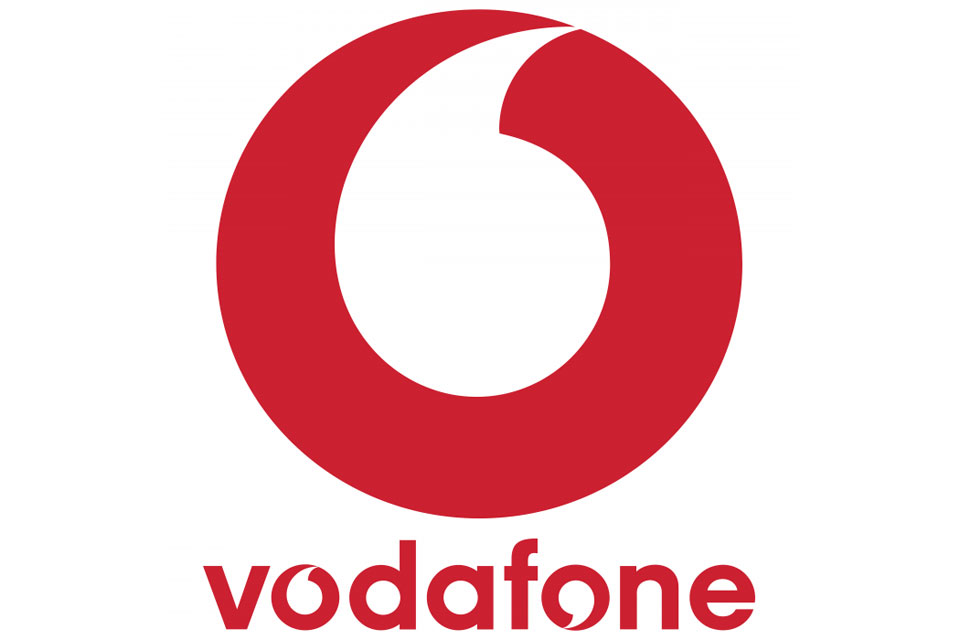The global marketing technology market is worth $99.9 billion, according to a study by accountancy Moore Stephens and research outfit WARC.
The study, carried out amongst more than 800 UK, North American, Asia-Pacific and European brands and agencies, was initiated to better understand the scale of investment into the sector, and reveals not only a huge existing market, but one that continues to grow exponentially.
When asked about the outlook for the market, brands expect to increase their investment in martech for the year ahead. This is particularly true in the case of Europe (excluding UK), where nearly two thirds (63%) said they expect their budgets to increase.
In the UK and North America, brands have increased their martech budgets by 44%, it’s now worth up to $52 billion. These brands are spending nearly a quarter (23%) of their budgets on martech, up from 16% 12 months ago.
Interestingly, brands in UK and North America are also keen to spend on in-house technology.
63% of technology budgets were spent in-house – compared to 44% last year – a figure driven by a desire from brands to excel in their customer experience, coupled with an element of mistrust in agencies.
Damian Ryan, Partner at Moore Stephens, said: “Investment in martech has reached a tipping point over the last twelve months. Established marketers in disrupted industries, such as insurance and financial services, realise they need to invest if they are to future-proof themselves, and view martech as a key area of investment. Just look at Nationwide Building Society’s recent announcement of £1 billion investment in tech. Staying relevant is key but taking on the new breed of competitors – such as Revolut – is creating a big rethink.
“All the while, agencies are struggling to stay relevant. Clearly marketers are seeking to build in-house strength and are set to spend more on martech to remain competitive. Our research finds that this budget is coming from media spend and will have a resounding impact on the value of media-centric agencies.”
Looking at the global market, those who said their budget will increase expect to see an average increase of 13%. Even more indicative of a fast-growing market is the fact that around one-in-five (18% in North America, 17% UK) expect increases of more than 25% in their martech budgets over the next year.
The research also looked at the specific technologies behind the market. On a global scale, perhaps unsurprisingly, email remains the most likely avenue for martech, used by 79% of marketers. This is closely followed by social media, with 77% currently using the technology with a further 18% expecting to use in the next 12 months.
The most planned for tactic in the year ahead, interestingly, is SEO – an established marketing discipline, but one which continues to change as algorithms develop. The biggest rise, year-on-year for the UK & North American market, was the use of martech for analytics, measurement and insights, selected by 75% – a 19% rise on a year ago.
The study showed that the most established tech currently in use is that of ‘internet of things’ (IoT) and connected devices. Second is voice which has seen rapid development over the past year, influencing the way searches are made online and driving progress in areas such as voice optimisation. A new wave of martech tools will likely emerge, and when the results are broken down by region, the UK is likely to be the most progressive in terms of voice search, with 36% stating they currently use a tool in this area, and a further 11% planning to do so in the next few months.
Amy Rodgers, Research Editor at WARC, said: “There has been no discernible sign that the rate of growth within the martech space is slackening. With data volumes continuously increasing, this research shows that data, analytics and automation are key focuses for martech investment globally as marketers look for help with metrics and measurement.
“Understanding of the technology available continues to be an issue for brands, however, and with many planning to move tech in-house over the next year, agencies will have to adapt to a changing, advisory role in the martech strategies of their clients.”
Click here to download a copy of the Martech: 2019 And Beyond report.









